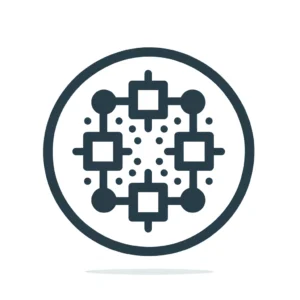Ripple has launched a pilot program to provide drought relief in Kenya using its stablecoin, Ripple USD (RLUSD). This initiative is in collaboration with Mercy Corps Ventures and DIVA Donate, a decentralized finance platform designed to facilitate donations to pastoral communities affected by drought.
Leveraging Blockchain for Humanitarian Aid
The pilot project focuses on leveraging blockchain technology to deliver financial aid to underserved communities. Ripple aims to showcase how its stablecoin, RLUSD, can improve the efficiency, transparency, and speed of aid distribution. This effort aligns with Ripple’s broader mission to enhance cross-border payments and financial inclusion globally.
Ripple’s integration of RLUSD into its payment solutions marks a significant step in expanding the utility of stablecoins. By incorporating blockchain-based solutions, Ripple seeks to address key challenges in traditional aid distribution, such as delays and lack of transparency, while ensuring that resources reach those in need in a timely manner.
How the Pilot Program Works
The RLUSD-based initiative will operate on the Ethereum network, utilizing smart contracts to manage and distribute funds. Here’s how the process is designed to work:
- A pool of RLUSD will be open for public contributions, allowing anyone with a compatible digital wallet to donate.
- Funds will be held in escrow by smart contracts and automatically distributed to recipients when specific conditions are met.
- Satellite tracking will monitor drought conditions, triggering automated payouts if vegetation shortages for livestock are detected.
The program is set to provide $75 (approximately 9,600 Kenyan shillings) in RLUSD to each participant, which is estimated to cover the cost of food and water for one animal for six months. The pilot aims to benefit around 533 pastoralists in Laikipia County, Kenya.
Automation and Transparency
A key feature of this program is its reliance on automation and data-driven triggers. For example, drought conditions will be monitored via satellite, and payouts will only be released if specific thresholds are met. This approach minimizes manual intervention, ensuring that aid is delivered efficiently and transparently. The system is expected to be operational through May 31, 2025, with results published later this year to evaluate its impact.
Opportunities for Contributors
Donors contributing to the RLUSD pool will have the flexibility to withdraw their contributions or allocate them to future campaigns. This model not only empowers contributors but also promotes a sustainable approach to humanitarian aid by enabling ongoing support for future initiatives.
Ripple’s Broader Vision
This pilot is part of Ripple’s larger strategy to explore innovative use cases for blockchain and stablecoins. By addressing real-world challenges like drought relief, Ripple is demonstrating the potential of decentralized finance to create meaningful social impact. The program also highlights how stablecoins can bridge financial gaps for unbanked and underserved populations.
With approximately 533 farmers set to benefit from the pilot, Ripple aims to set a precedent for using blockchain to deliver aid more effectively. The results of this initiative could pave the way for broader adoption of blockchain-based solutions in humanitarian efforts worldwide.
























